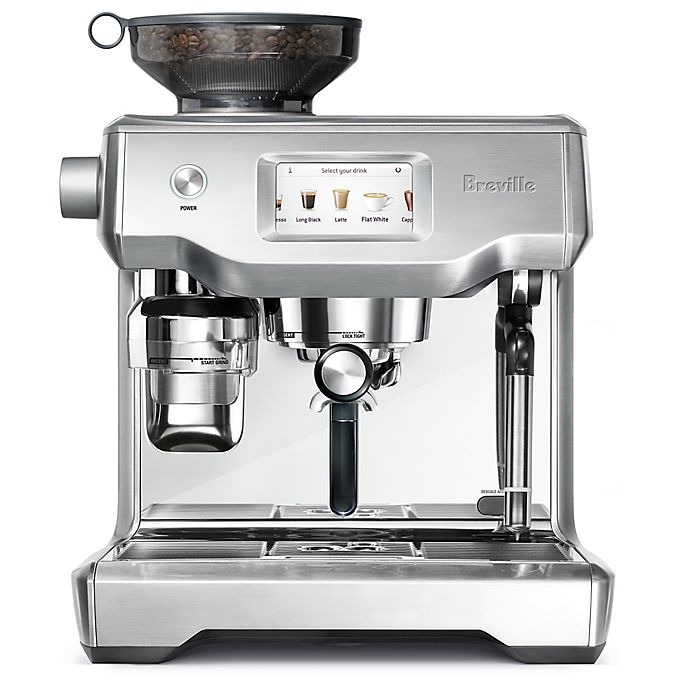KOHLER Elmbrook Cast Iron 33 in. Single Bowl Farmhouse Apron Front Kitchen Sink in White
33″x22″x8″ Undermount Apron Front; 36-min cabinet base width. Elmbrook is durable, easy to clean, and lasts for years to come. Cast iron material resists chips, fading, scratches, and burns.
With its strong silhouette and wide basin, the Elmbrook farmhouse-style kitchen sink offers a simple, functional alternative to larger double-bowl sinks. A large, single bowl accommodates larger pots and pans. Crafted from enameled cast iron, this sink resists chipping, cracking or burning for years of beauty and reliable performance. Create a kitchen space that works for you with KOHLER.
- Fits minimum 36 in. (914 mm) apron sink base cabinet
- Single bowl
- 8 in. (203 mm) depth
- Integral apron
- Includes cutout template
- Strainer sold separately
- KOHLER enameled cast iron
- Acid-resistant enamel finish
- Undermount
- No faucet holes, requires wall- or counter-mount faucet
Additional information
| Actual Left to Right Length (In.) | 33 |
|---|---|
| Bowl Below Counter Depth (in.) | 8.625 |
| Bowl Front to Back Width (in.) | 15.375 |
| Bowl Left to Right Length (in.) | 29.5 |
| Bowl Top to Bottom Depth (in.) | 8 |
| Cut-Out Below Counter Depth (in.) | 10 |
| Cut-Out Depth (in.) | 18.125 |
| Cut-Out Width (in.) | 31 |
| Kitchen Sink Front to Back Width (In.) | 19.5625 |
| Panel Height (in.) | 8.6875 |
| Panel Width (in.) | 33.0625 |
| Certifications and Listings | ASME Certified,CSA Certified |
| Manufacturer Warranty | Lifetime Limited Warranty |






by Lynn
Everything went well!
by Frizzle
I planned to purchase the $1200 Kohler Whitehaven sink for my kitchen renovation and am so glad I found this one instead! The two are almost identical except for the drain placement. It is self trimming so installing it is pretty easy. Had it for almost and year and it still looks perfect.
by Sergio
Beautiful sink and quality.
by Patty
Beautiful, always wanted this sink! Love it!
by Michael
The sink is absolutely beautiful and is the star of our new kitchen!!
by Gemtria
Such a beautiful sink. I love it.